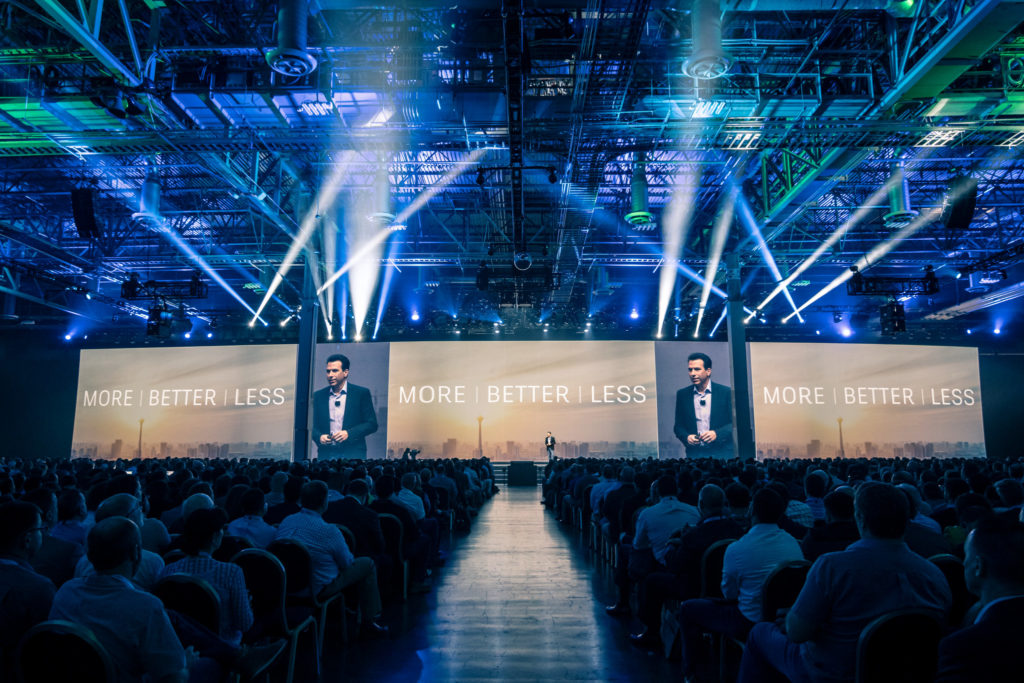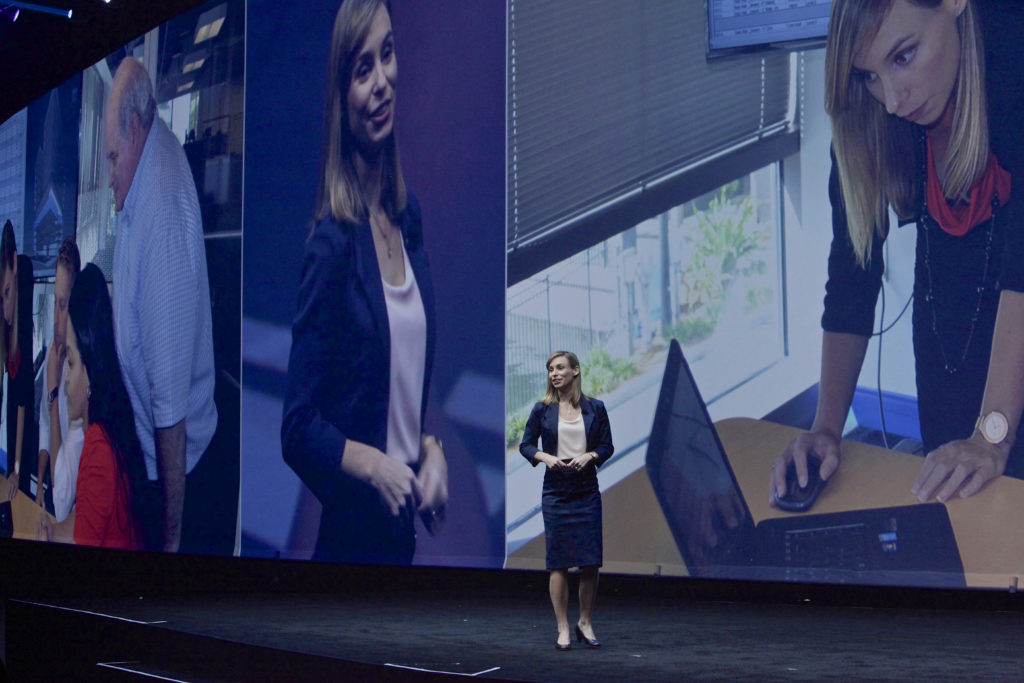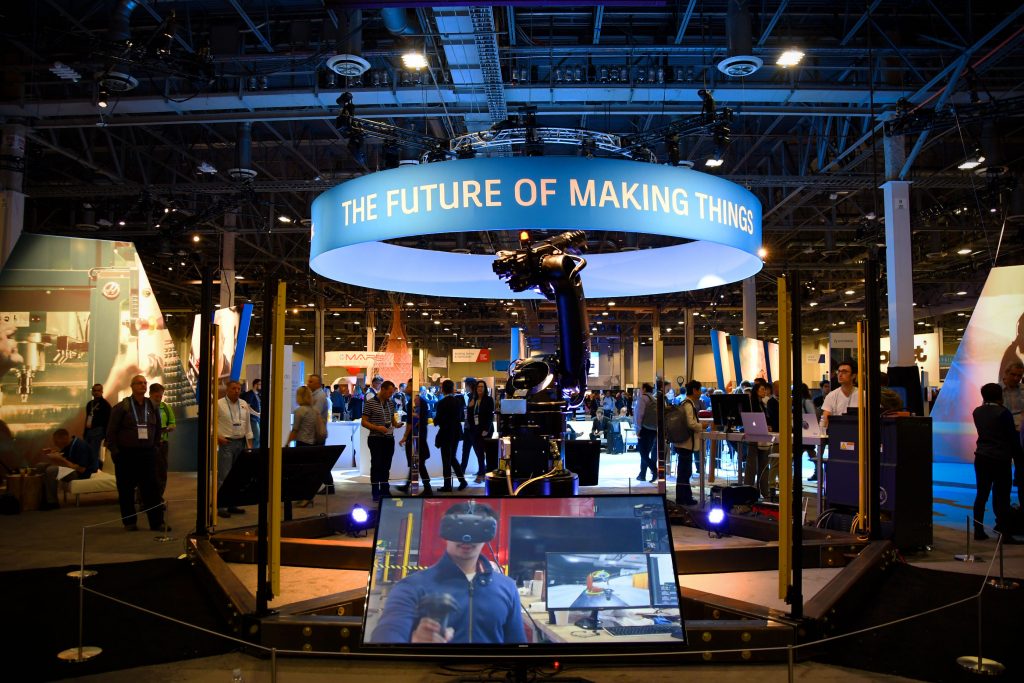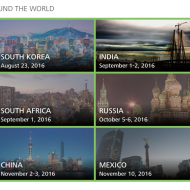And just like that, 2017 has come to a close. Sure enough, it was another year of transformation, exploration, and integration, with technology reshaping our processes and creating new possibilities. And for the people who work in the fields of architecture, engineering, construction, design, manufacturing, and media, it was another year of challenge and change—but also incredible opportunity.

In other words, the only thing that isn’t changing is that things are changing fast. Adaptation is what we do, and learning is part of the job.
As we get ready for what 2018 brings, here are a few of the topics and trends that made us go “hmmmm…” last year.
Getting by with a Little Help from Our Machines: The Evolution of Automation
Since the dawn of the industrial age, automation has been changing what’s possible for humans to do and make. But here’s the thing: the machine age is far from over. In fact, most experts agree we’re just heading into another, perhaps more profound era when automation can augment more of our functions, in both big and small ways, enabling us to do more, go further, make better, and use less. From robots that are becoming perceptive, aware, and intelligent to software that’s not just helping us create, but actually becoming creative, there was incredible progress in the realm of automation in 2017.
At AU 2017 in Las Vegas, automation was featured throughout the Exhibit Hall and it was the focus in hundreds of classrooms. Plus, it was the main topic of Autodesk CEO Andrew Anagnost’s Opening Keynote (if you didn’t catch it, it’s worth a watch.)
What became clear was that an increasing number of the tasks people do today will be handled by automation in the decades to come, enabling each of us to focus on tasks where we can add more and greater value.
Data in the Middle: The Importance of Information
In days of old, there were the things we made, and there was the data about them. And you generally had to make the things before extracting much data.
No longer, friend. From products to structures, we have more and more data at our fingertips long before things are built. And by keeping data central to the design/make process, we can shorten cycle times, simplify collaboration, increase efficiency, and improve outcomes.

Autodesk showed its commitment to keeping your data at the center of everything you do through our new partnership with Esri, the leading maker of geographic information system (GIS) software. Together, we’ll be building a bridge between BIM and GIS mapping technologies and enabling data sharing. As Andrew Anagnost put it, “It will enable teams to connect the data of what—the models you create—with the data of where.”
And in 2017, Autodesk also announced the extension of AnyCAD to Fusion 360 to unlock a new level of interoperability in the Product Design & Manufacturing Collection. AnyCAD radically simplifies the design process by allowing virtually any CAD data, regardless of source, to be associatively integrated into designs without the need for file translation. This enables seamless collaboration between systems, letting designers stay focused on product innovation, not data translation. You’re welcome.
Come Together: The Convergence of Industries
Architecture and manufacturing used to be 2 separate worlds. Today, these formerly disparate industries are converging, as builders borrow from manufacturing and makers adopt technologies gaining traction in construction. Companies like ConXtech and Van Wijnen are finding ways to make construction more modular and repeatable, like industrial assembly lines, using standardized parts to speed up project timelines and significantly reduce waste.
And multiple industries are borrowing technology and processes that were originally the domain of media creators. Virtual reality (VR) and augmented reality (AR) are no longer just for entertainment, they can help designers design and customers experience what they’re buying.
 As just one example, Sweden-based construction and development company Skanska took to the AU stage to show how its use of VR technology enabled it to win 5 out of the 6 projects they pitched following adoption. With a workflow that went from Autodesk Revit to Revit Live to 3ds Max Interactive (formerly Stingray), they were able to show customers options for design, materials, and costs in real time using immersive VR. This approach empowers customers to choose the features and functions that will best serve their needs—all before breaking ground on the project.
As just one example, Sweden-based construction and development company Skanska took to the AU stage to show how its use of VR technology enabled it to win 5 out of the 6 projects they pitched following adoption. With a workflow that went from Autodesk Revit to Revit Live to 3ds Max Interactive (formerly Stingray), they were able to show customers options for design, materials, and costs in real time using immersive VR. This approach empowers customers to choose the features and functions that will best serve their needs—all before breaking ground on the project.
Design-to-Make: Keeping the Process Seamless
Traditionally, the design process and the fabrication process were separate and distinct. Increasingly, though, they are becoming part of a single, continuous process thanks to advances in technology.
In 2017, Autodesk released the next generation of BIM 360, a cloud service connecting the entire construction project lifecycle. Built on the Autodesk Forge platform, it supports informed decision-making by centralizing all project data in a single place. From design to construction to operations, BIM 360 removes uncertainty in the construction process, enables closer collaboration among teams, increases transparency and safety, and improves data continuity.

And on the manufacturing side, there was the release of Fusion Production, the newest cloud-based offering in the Fusion family of services. It allows contract manufacturers to digitize production by combining planning, job tracking, and machine monitoring into a single, complete tool. And it provides line-of-sight across an extended supply network where products cross organizational boundaries.
Buckle up
As technology keeps changing, and our industries keep evolving, we at AU are here to help you learn, adapt, and grow in your career. Together, let’s find out what 2018 has in store.



